Vertical Gardening and Layering: Small Homestead Yield Maximization
Due to space constraints, backyard homesteading enthusiasts must be creative and resourceful. Vertical farming and layering are innovative techniques that maximize space and improve the aesthetics of small homesteads. These methods, rooted in permaculture and sustainable living, promote more dynamic and harmonious human-environment relationships.
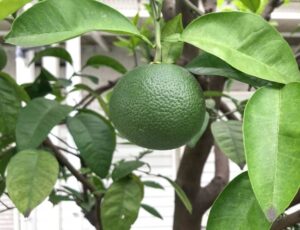
A simple wall or fence may become a lush, living painting with vertical gardening. This method explores the vertical plane as a fruitful site for cultivation, not just hanging plants or erecting shelves. Gardeners can grow many vegetables, herbs, and flowers in a small space using trellises, towers, wall planters, pallets, and hanging shoe organizers.
In vertical gardening, plants are layered at varying heights to maximize sunlight and airflow. This strategy is inspired by forest stratification, where plants live from the canopy to the understory and benefit from a connected ecosystem. Layering on a small farm could involve tall sunflowers or corn as a backdrop, mid-height tomatoes or peppers in front, and ground-level lettuces or strawberries. This makes a beautiful garden and generates a microclimate where plants grow together.
Understanding each plant species’ light, root depth, and growth tendencies is essential to vertical gardening and layering. Cucumbers, beans, and peas are climbers and flourish on trellises, but carrots and radishes, like undisturbed soil, may be better in ground-level or deep pots. Leafy greens thrive in partial shadow from taller plants, making them suitable for lower layers in stacked gardens.
Vertical gardening presents unique watering and care issues and opportunities. Ingenious drip irrigation systems can deliver water at numerous levels to ensure each plant gets enough water without wasting it. Vertical structures also make trimming, harvesting, and pest management easier, making gardening more fun and less laborious.
Vertical gardening and stacking have benefits beyond space efficiency. These strategies improve airflow and reduce soil-borne illnesses, making plants healthier. By attracting beneficial insects and pollinators, they boost biodiversity and garden productivity. The vertical and layered garden becomes a living sculpture, beautifying and energizing the household.
Environmental stewardship includes vertical gardening and layering. These strategies maximize space and conserve resources. They inspire us to reconnect with nature and rethink our places and connections with the plants that nourish us.
In conclusion, vertical planting and stacking on tiny homesteads offer yield, beauty, and sustainability opportunities. These approaches force us to think vertically, layer strategically, and grow abundantly, turning our modest areas into thriving ecosystems that show our ingenuity, care, and devotion to living in harmony with nature.
Healthy Homesteads: Aquaponic Revolution
Backyard homesteading combines ingenuity and sustainability to create food-producing solutions. Aquaponics is an excellent example of aquaculture and hydroponics combined, where fish and plants work together to maximize space use. With limited outside area, this innovative homesteading strategy appeals to individuals who want to go beyond standard farming.
Aquaponics uses a simple but complex cycle: Helpful bacteria transform fish waste into plant nutrients, and plants clean and recirculate fish water. This closed-loop system conserves water and reduces fertilizing, making it a sustainable approach.
Understanding fish-plant balance is the first step in starting an aquaponic system on a small homestead. For their resilience and rapid growth, tilapia and catfish are popular fish choices. Whether the homesteader wants edible harvests or enjoys keeping an aquatic ecosystem relies on the local climate and their goals.
Aquaponic systems are ideal for leafy greens like lettuce, kale, and herbs, which require little nutrition. Homesteaders can grow nutrient-dense crops like tomatoes, peppers, and strawberries with correct planning and balance. The system’s design and nutrient cycle efficiency ensure fish and plant needs are addressed harmoniously.
Adding aquaponics to a tiny household requires creative space use. Vertical aquaponic systems stack plant beds above fish tanks to increase yield per square foot. Due to its verticality, the system becomes a live piece of art that enhances the homestead’s scenery.
The intricate design of aquaponic systems allows innovation. Aquaponics can be scaled from single-barrel to multi-tank arrangements to meet different areas and budgets. DIYers enjoy building aquatic gardens from old bathtubs, IBC totes, and PVC pipes.
However, aquaponics is complicated. The initial setup must be balanced for a stable, symbiotic interaction between fish and plants. pH, ammonia, nitrite, and nitrate levels are monitored daily to maintain system health and productivity. In extreme weather settings, greenhouse enclosures, heating devices, and shading structures are needed to control temperature.
Despite these challenges, aquaponics on a farm has many benefits. Aquaponics connects people to nature beyond fresh crops and fish. Ecological balance is better understood, strengthening the homesteader’s interaction with nature. This excellent instructional tool gives all ages hands-on biology, chemistry, and environment courses.
Aquaponics promotes resilience and sustainability. As water scarcity and soil degradation threaten conventional agriculture, aquaponic systems give a glimpse into future food production methods. They demonstrate that even modest areas may promote sustainability.
Aquaponics in backyard homesteading is more than a space-saving project; it’s a commitment to a sustainable, peaceful existence. Homesteaders are encouraged to innovate and adapt by rethinking established farming practices. As these aquatic ecosystems develop, they remind us that our backyards have the potential to be unlocked through inquiry, care, and experimentation.
Aquaponics on a small homestead is about more than space or productivity. It is about adopting a sustainable, resilient, and growth-focused lifestyle. It bridges the ancient wisdom of cycles and modern ecological consciousness, offering a road forward for individuals who want to walk softly in the world while receiving the abundant blessings of their efforts. As more homesteaders start aquaponics, they join a growing community of pioneers rethinking what’s possible in their backyards and nurturing food and a greener, more connected world.
As homesteaders explore aquaponics, they find a community filled with excitement and knowledge. For system optimization, species selection, and troubleshooting, online forums, social media groups, and local seminars are invaluable. Aquaponics’ social feature highlights its ability to connect sustainable living and food sovereignty enthusiasts.
Due to its versatility, aquaponics can be used for personal food and community outreach and education. Schools, neighborhood centers, and non-profits use aquaponic systems to teach ecology, nutrition, and sustainable food systems. These programs promote knowledge, accountability, and empowerment, proving that everybody can help create a more sustainable future regardless of space.
Adding aquaponics to a homestead is about personal growth and food production. It instills patience, observation, and failure-learning. With its distinct dynamics and obstacles, each system shows the homesteader’s dedication and adaptability. Aquaponics’ success comes from understanding and managing the delicate balance of life in the system.
The aquaponic revolution in backyard homesteading is changing our relationship with the environment, our communities, and ourselves. It celebrates human creativity and life’s tenacity, bringing hope for a sustainable, abundant world.

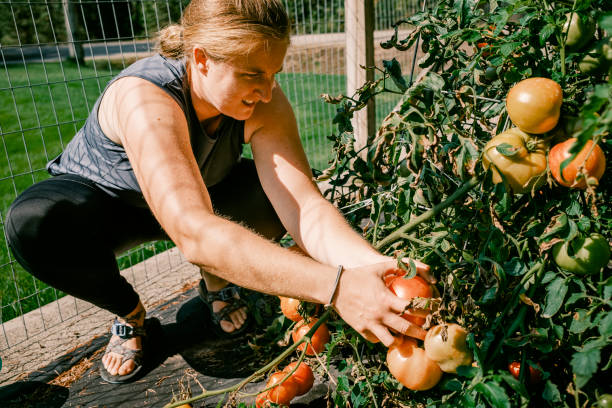
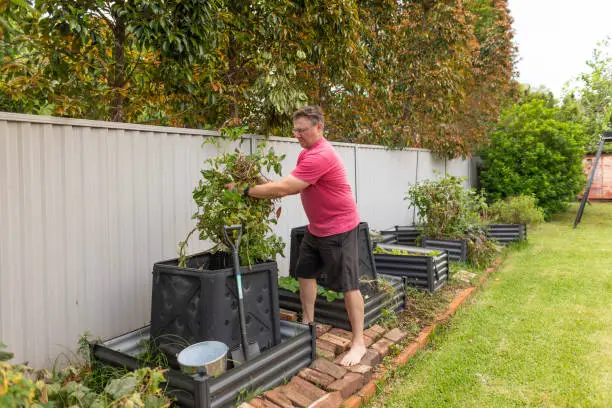
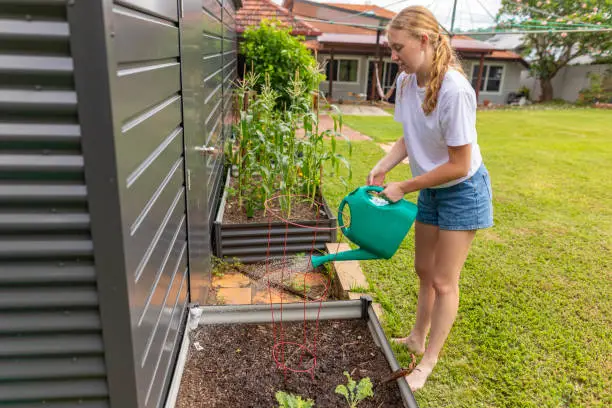
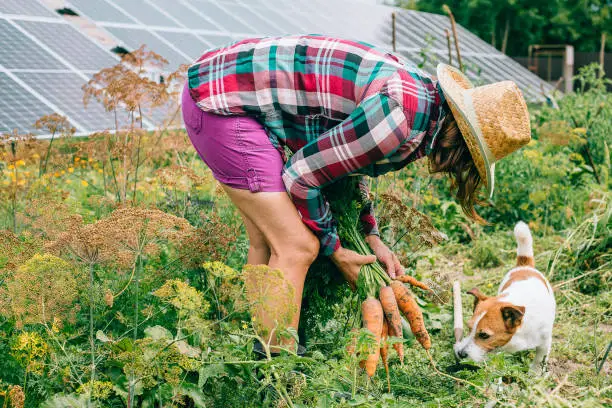

Leave a Reply